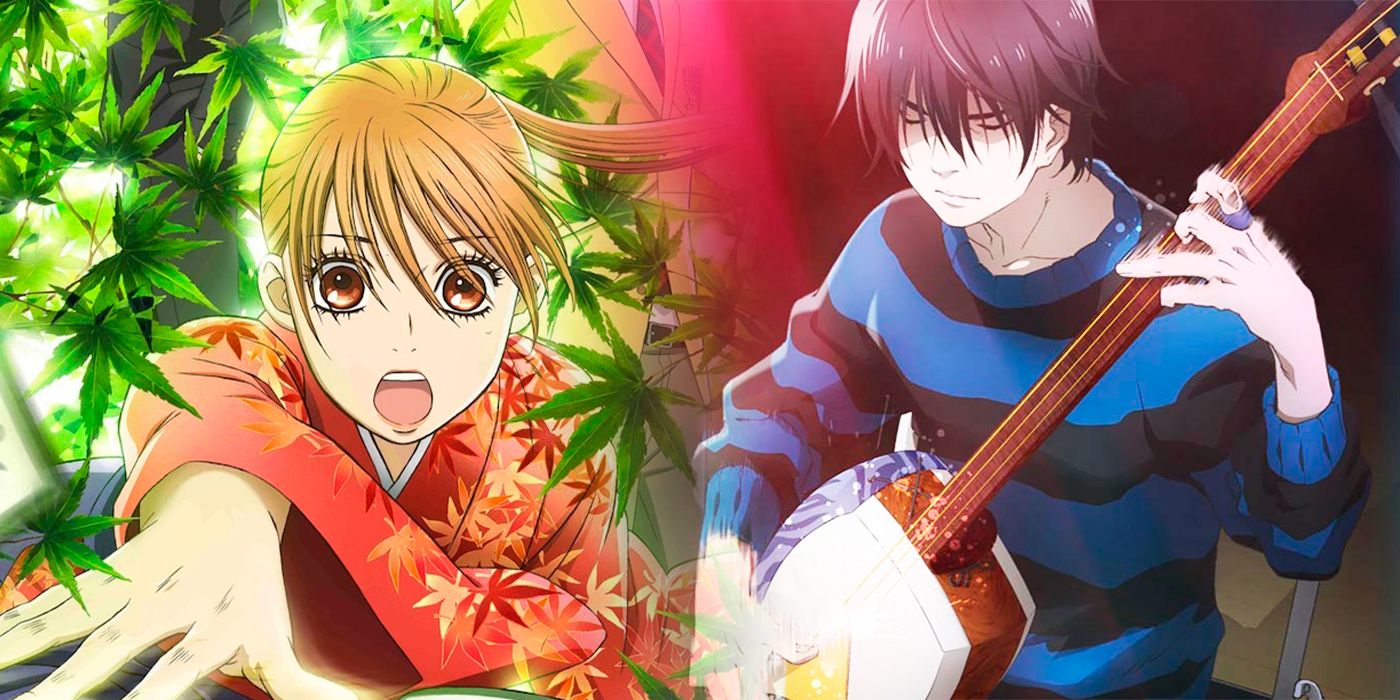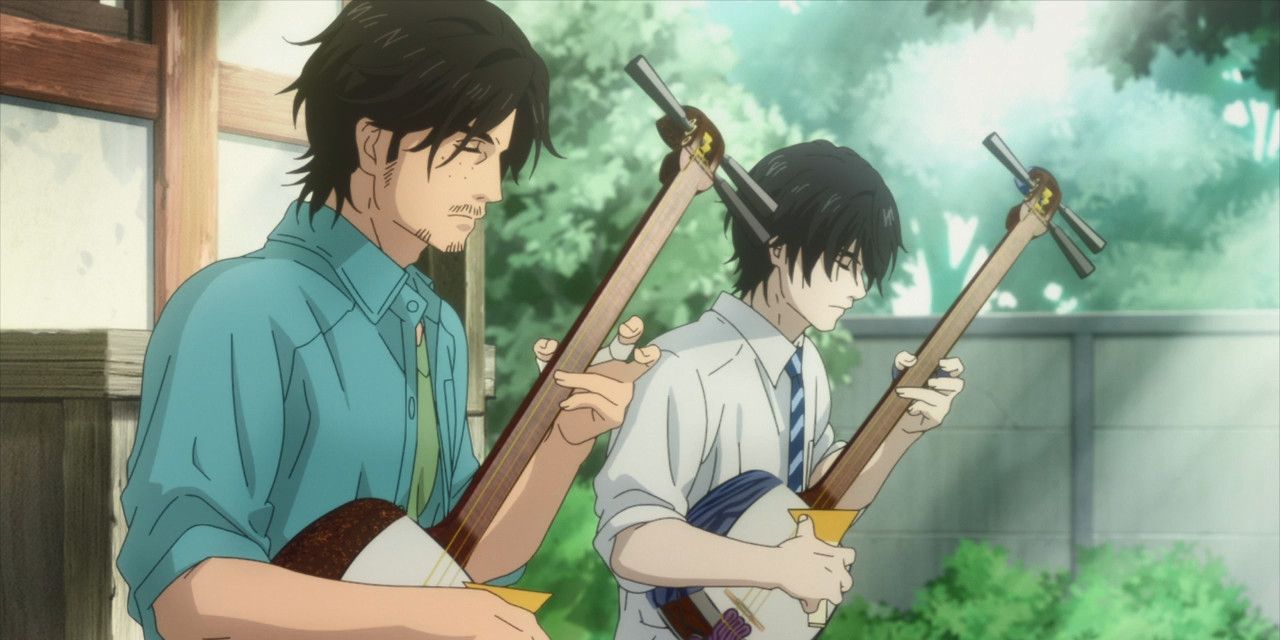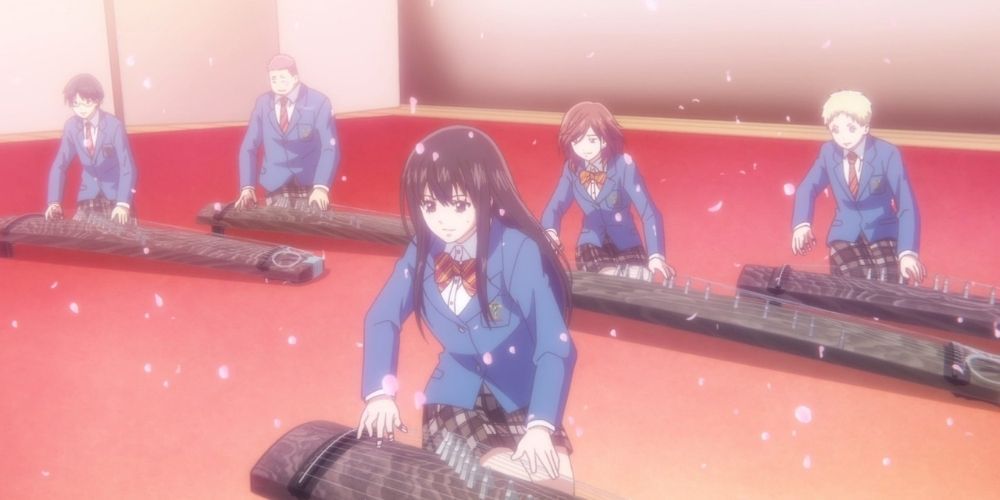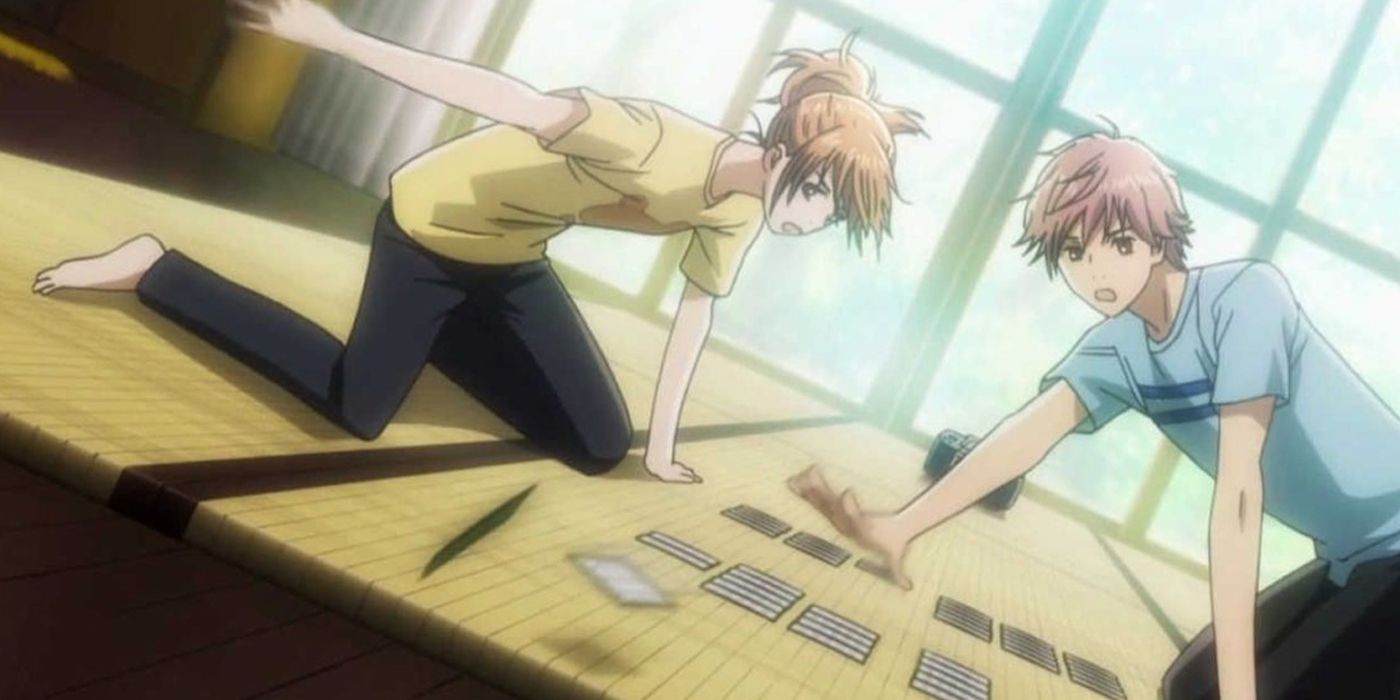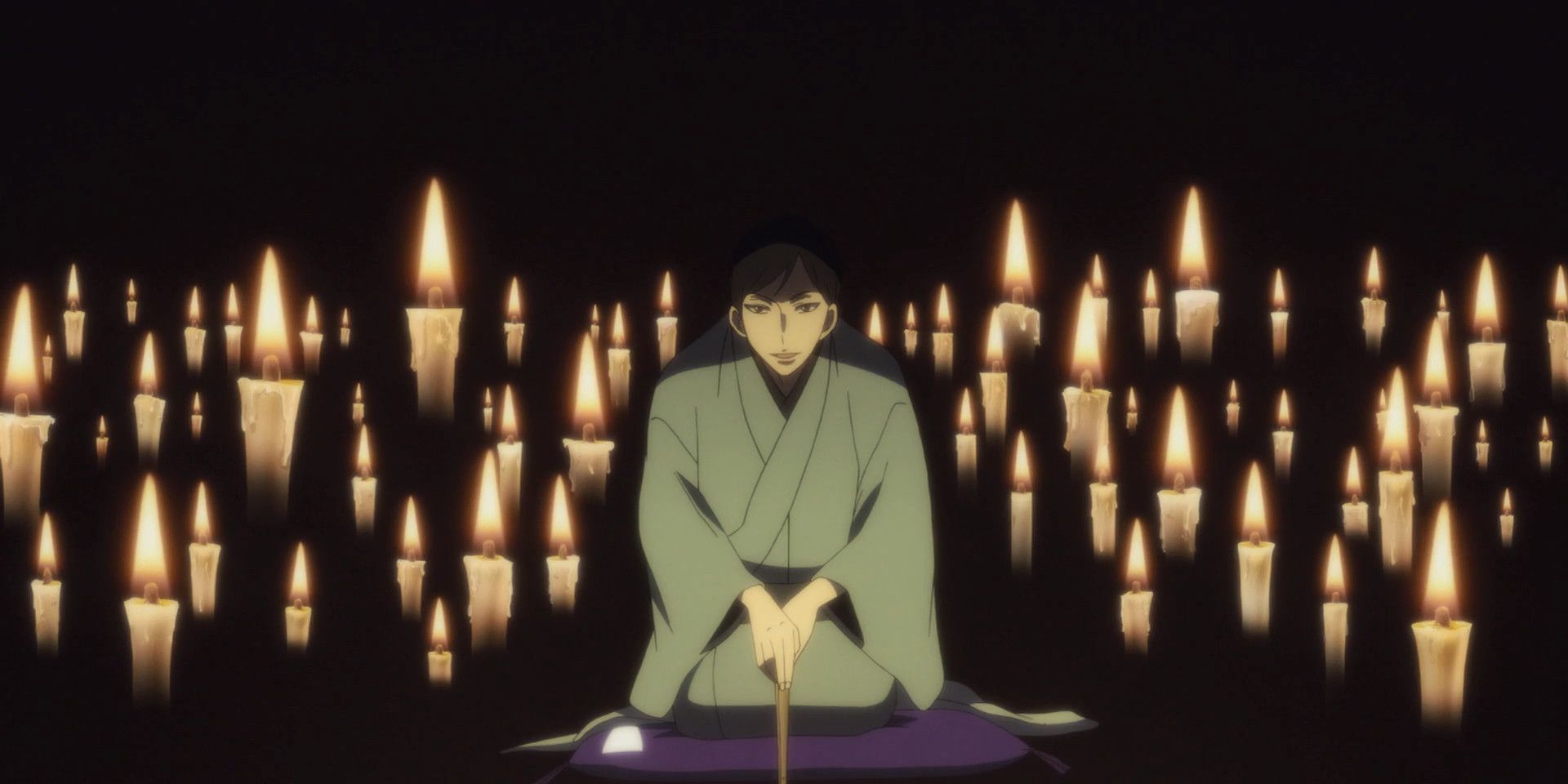A benefit of watching any kind of foreign media is the opportunity to learn more about its place of origin, and anime is no exception. Series like Naruto or Demon Slayer put an imaginative spin on well-known pieces of Japanese culture, like ninjas and samurai. Others, like Aggretsuko, discuss the social issues unique to living in Japan. But most, especially anime like Toradora, simply exist in the country and follow standard media tropes.
Through all of these examples and more, anime fans can pick up tidbits of Japanese culture. Typically, the audience can learn how the school year is structured and the events that take place throughout, or common characters in folklore like yokai. Still, there are other anime that go deeper than what the Japanese may consider common knowledge. These series explore something that's inherently unique to the country. For anime fans interested in learning more pieces of Japanese culture, these shows are a good place to start.
Those Snow White Notes
Every part of the world has its own instruments, and Japan is no exception. Those Snow White Notes showcases one such instrument, known as the shamisen. To Western audiences, its look is comparable to a banjo or a lute. Those Snow White Notes utilizes the shamisen every chance it can, incorporating it into the show's soundtrack and the opening and ending songs. Along the way, the audience hears historic stories connected to the instrument, as well as a sampling of styles and techniques players utilize.
Amidst these deeper dives into the shamisen and showcases of its sound, Snow White Notes is a story of struggle. Protagonist Sawamura Setsu runs away to Tokyo after the death of his grandfather, as master shamisen player, but can't escape the hold the instrument has on him. Unfortunately, he also can't escape his mother, who is determined to have him carry on his grandfather's legacy. He reluctantly joins his high school's shamisen club, which is in desperate need of someone with his talent.
As the season progresses, Setsu grapples with his identity and whether he is wanted. He's competing for the first time in years, but it feels like all anyone wants to hear from him is his grandfather's sound. Within this conflict, Snow White Notes tackles the heavy burden that a legacy can be.
Kono Oto Tomare! Sounds of Life
Much like Those Snow White Notes, Kono Oto Tomare! puts the spotlight on a specific cultural instrument. However, this one holds a loftier position than the shamisen as Japan’s national instrument. The koto is steeped in tradition but, like many things, isn't particularly popular with younger generations. The series makes this evident from the beginning of Episode 1, where the koto club's room has been taken over by bullies and club president Kurata Takezou is unable to stop it.
That said, every niche has people who enjoy it, and the koto club is about to get a new life. Like Snow White Notes' Setsu, main character Kudo Chika is haunted by the koto. In an effort to understand his late grandfather's words and passion, Chika decides to join his school's koto club. However, Takezou has no interest in having someone with Chika's delinquent reputation join the club. Chika has to fight to become a member, and is only allowed to do so after proving that he cares about the koto.
Kono Oto Tomare! is everything a music-themed anime has to offer, from great characters to a palpable passion for the subject. All the while, the audience gets to learn a little about an obscure instrument.
Chihayafuru
Chihayafuru highlights a competitive card game wholly unique to Japan known as karuta. The game revolves around the country’s historical Ogura Hyakunin Isshu, or 100 Poems. Each work in the collection was written by a different poet, and they’re often taught in Japanese schools. Karuta is often used as a fun way for children to memorize the poems, as the goal is to match the first half of the poem to the second before one’s opponent.
Protagonist Ayase Chihaya has maintained a passion for the game well into her teens, with her sights set on becoming a karuta champion. She builds a karuta club from the ground up with her childhood friend Taichi and members they gather along the way. As the series progresses, the audience gradually gains a deeper understanding of the game and the customs surrounding it. Chihaya and her team even bring a few that have fallen out of practice back, like wearing traditional outfits to every competition.
Chihayafuru is also a great pick for romance fans, as all three seasons develop a love triangle between Chihaya, Taichi and their distant friend Arata.
Showa Genroku Rakugo Shinju
Perhaps the most obscure of the bunch, rakugo is a form of comedic storytelling. Performers tell stories that have been passed on through the generations, but no two people tell it the same way. A character portrayed as a ghost in one person's act could be a treated like a yakuza boss in another's, for example. While the stories themselves are a big part of rakugo, the storyteller's charisma is what makes each one unique.
Alongside this traditional art is the story of one man's past and another's future. Ex-convict Yotaro's life was changed when he witnessed a rakugo performance while in prison. After his release, he seeks out the man who performed, Yurakutei Yakumo, and begs to be taken on as an apprentice. Getting involved with Yakumo's life, however, means learning about more than just rakugo. Within days of living with his master, Yotaro hears the man be accused of murdering a fellow rakugo performer.
Curious, Yotaro explores the work of this deceased man, Yuurakutei Sukeroku, and becomes entranced by his rakugo. This newfound passion leads to Yakumo telling Yotaro about his past. From here, the story jumps between the past and the present, telling two stories in tandem and getting to the truth of what really happened to Sukeroku.

